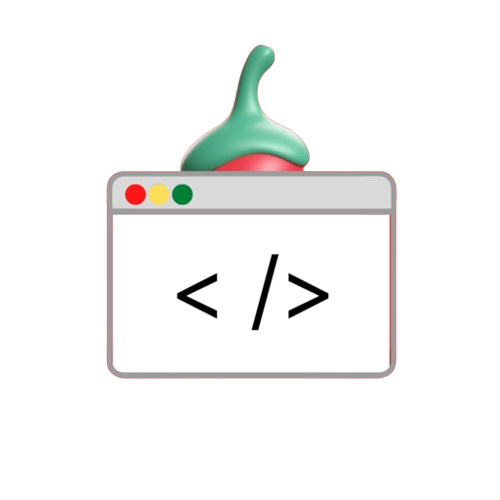If you love music and want to create an application to extract lyrics from song using Python, you’ve come to the right place. In this tutorial We will develop a Python based GUI application that extracts lyrics from any song using the lyrics extraction library and Tkinter GUI framework.
By the end of this guide, you’ll have a fully functional tool where you can input a song’s name and retrieve its lyrics instantly.
Overview
We will:
- Use the song extraction library to extract songs from song title input.
- Google Custom Search JSON API integration to enable music retrieval.
- Create an interactive and intuitive GUI with Tkinter to display music.
Let’s get started!
Prerequisites
Before we begin, ensure you have the following:
- Python Installed (3.7 or above recommended).
- API Key and Engine ID from Google Custom Search JSON API.
- The
lyrics-extractormodule installed.
Install lyrics-extractor Module
Run this command in your terminal:
pip install lyrics-extractorGet API Key and Engine ID
To fetch song lyrics, you need to:
- Create a Programmable Search Engine at Google Custom Search Engine.
- Include popular lyric websites (e.g., Genius, LyricsMint) in your search engine configuration.
- Obtain the API Key and Engine ID after creating the custom search engine.
Step 1: Extract Lyrics Using Python
First, let’s see how to fetch lyrics with the lyrics-extractor module.
Code for Extracting Lyrics
# Import the required module
from lyrics_extractor import SongLyrics
# Pass API Key and Engine ID
extract_lyrics = SongLyrics("YOUR_API_KEY", "YOUR_ENGINE_ID")
# Get lyrics of a song
result = extract_lyrics.get_lyrics("Shape of You")
print(result['lyrics'])Replace YOUR_API_KEY and YOUR_ENGINE_ID with your Google API credentials. The code fetches the lyrics for “Shape of You” and prints the result.
Output:
The club isn't the best place to find a lover
So the bar is where I go...Step 2: Create a GUI Application with Tkinter
We’ll now create a simple GUI using the Tkinter library that lets users enter a song name and retrieve its lyrics.
Complete Code for GUI-Based Lyrics Extractor
# Import required modules
from tkinter import *
from lyrics_extractor import SongLyrics
# Function to fetch lyrics
def get_lyrics():
extract_lyrics = SongLyrics("YOUR_API_KEY", "YOUR_ENGINE_ID")
song_name = e.get()
try:
temp = extract_lyrics.get_lyrics(song_name)
result.set(temp['lyrics'])
except Exception as ex:
result.set("Error: " + str(ex))
# Create main window
master = Tk()
master.title("Lyrics Extractor")
master.configure(bg='light grey')
# Define StringVar for result
result = StringVar()
# Widgets for GUI
Label(master, text="Enter Song Name: ", bg="light grey").grid(row=0, sticky=W)
Label(master, text="Lyrics: ", bg="light grey").grid(row=2, sticky=W)
# Entry widget for song name input
e = Entry(master, width=50)
e.grid(row=0, column=1)
# Label to display lyrics
Label(master, text="", textvariable=result, bg="light grey", wraplength=400, justify=LEFT).grid(row=2, column=1)
# Button to fetch lyrics
Button(master, text="Fetch Lyrics", command=get_lyrics, bg="blue", fg="white").grid(row=0, column=2)
# Run the GUI
mainloop()Explanation of the Code
- Import Modules: We import
Tkinterfor GUI creation andSongLyricsfor lyrics extraction. - Define the Function: The
get_lyrics()function fetches lyrics based on the song name entered by the user. - Create GUI Widgets:
Entrywidget for user input.Labelwidgets to display instructions and the result.Buttonto trigger theget_lyrics()function.
- Error Handling: If no lyrics are found, an error message is displayed.
- Run the GUI: The
mainloop()keeps the GUI application running.
Output
When you run the program, you’ll see a window with:
- An input box to enter a song name.
- A button labeled Fetch Lyrics.
- A section to display the fetched lyrics.
Example:
- Input: “Tujhse Naraz Nahi Zindagi Lyrics”
- Output:
Tujhse naraz nahi zindagi
Hairan hoon main...Conclusion
You’ve successfully created a Python GUI application to extract song lyrics using the lyrics-extractor module and Tkinter. This project not only demonstrates the power of APIs but also highlights how you can create interactive applications with Python.

